The Liberty Hotel’s dramatic presence is almost imposing. What was once a 19th-century prison is now a 298-room luxury hotel. The Boston historical landmark that once housed some of the country’s most notorious criminals now celebrates the opulence and style of the modern-day traveler. But what about all of those ghosts?
In Mayor Martin Brimmer’s 1843 inaugural address, he proposed an additional jail be built as the Leverett Street Jail, though only in operation for twenty years, was beginning to suffer from overcrowding. The Charles Street Jail broke ground in 1848.
Boston’s most famous architect, Gridley James Fox Bryant, completed the project in 1851. Bryant was so well respected that after the loss of 152 of his buildings in the Great Fire of 1872, he was commissioned to rebuild 110 of them. His creative vision is still admired and preserved today. However, sadly, Bryant died destitute and virtually unknown.
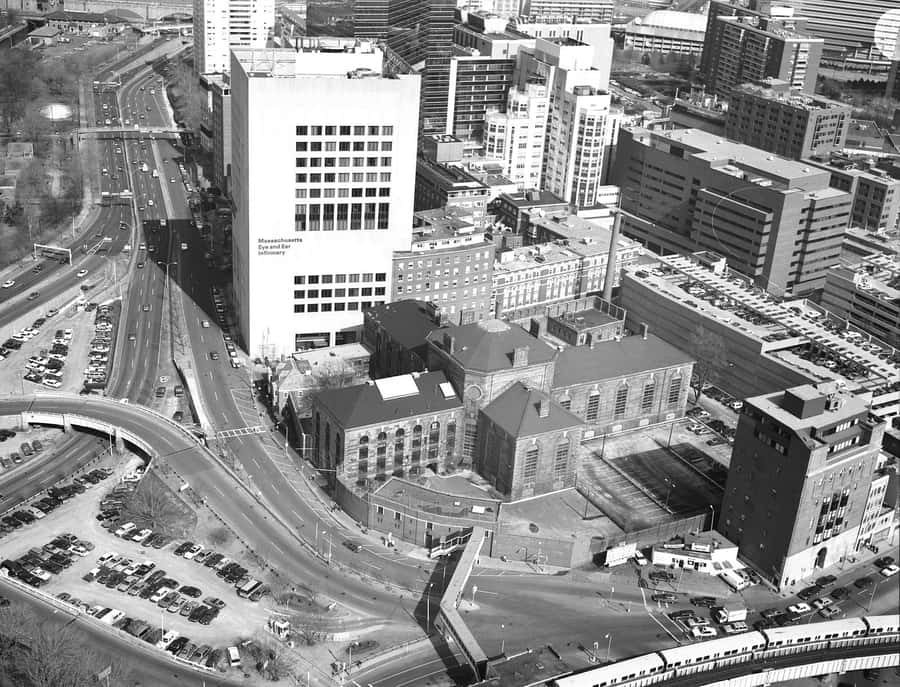
The Charles Street Jail, also known as Suffolk County Jail, was and is one of the top examples of the "Boston Granite School" of architecture. The original jail was built in the form of a cross with four wings of Quincy granite extending from an octagonal rotunda that included a 90-foot-tall atrium. The four wings served a particular purpose, the segregation of prisoners by gender and offense.

The 220 granite 8 by 10 feet cells were lit and ventilated by the thirty arched windows, each 33 feet high. Charles Street Jail's cruciform shape served as an international model for prison architecture for much of the 19th century. The cost of constructing the facility was estimated at between $409,000 and $493,000.
In 1902, it was decided to enlarge one of the wings. They built a new kitchen where bread was baked fresh each day for the prisoners. They even created an auditorium that accommodated movie screenings and religious services. The jail had an excellent reputation for several decades under the elected sheriffs who were required to live on the premises.
Charleston Street Jail had quite the roster of inmates during its 140-year run. Sacco and Vanzetti, James "Whitey" Bulger, and World War II prisoners of war are just a few that spent time behind bars in Suffolk County Jail.
Italian born anarchists, Nicola Sacco and Bartolomeo Vanzetti were controversially executed on August 23, 1925. Sent to the electric chair after spending four years in Charles Street Jail for armed robbery and murder. Were they wrongfully accused? Many questioned their guilt. In 1977, Massachusetts Governor Michael Dukakis issued a proclamation vindicating Sacco and Vanzetti. Dukakis stated that "they had been treated unjustly and that no stigma should be associated with their names," posthumously.
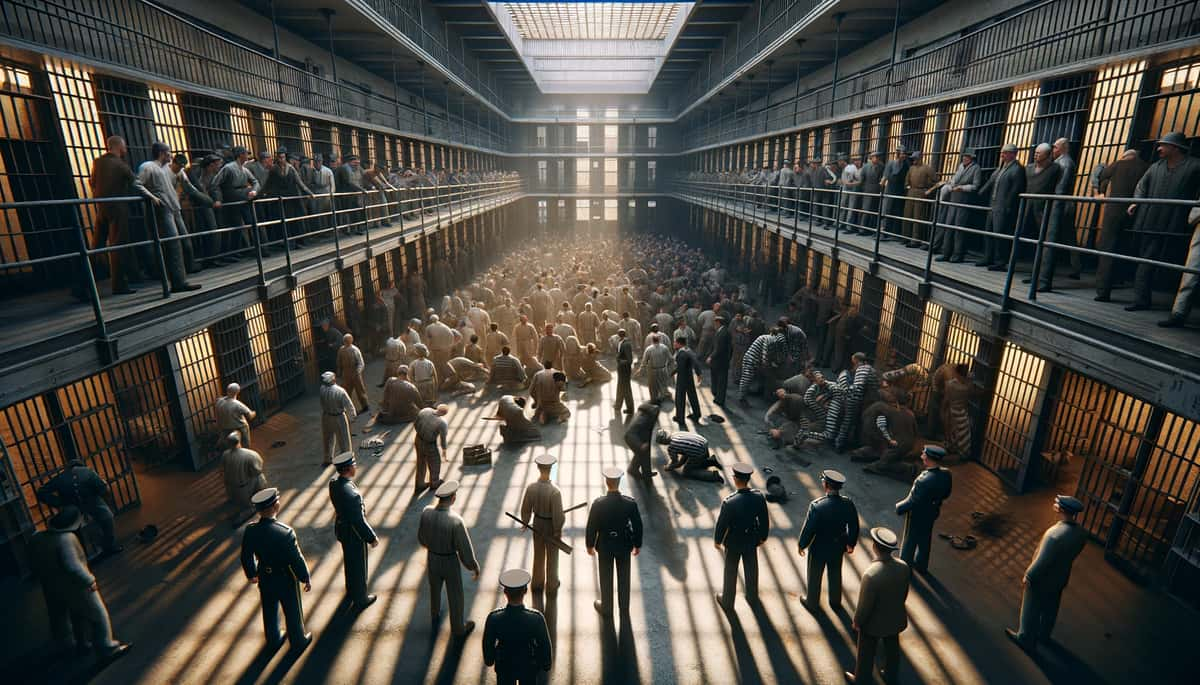
As time passed, the jail became more crowded and began to fall into a state of disrepair. Riots and prisoner escapes were frequently happening. Newspapers were reporting the inhumane conditions at Charles Street Jail and held the City accountable. In the 1970s, a civil suit was filed against the facility by inmates claiming "cruel and unusual punishment". But it wasn't until 1990 that Charles Street Jail closed.
Baseball great Babe Ruth once toured the Charles Street Jail while visiting Boston. He was quoted as saying that it seemed more like a hotel than a jail. Perhaps the Babe told fortunes when he wasn’t in the dugout.
After it closed its cell doors in 1990, Massachusetts General Hospital purchased it in 1991 but didn't do anything until 2001. Carpenter & Company were brought in. The historic jail began its transformation, staying true to the integrity of the original design. With respectful consultation and collaboration with historians and conservationists, the grand structure took on a new life.
In the summer of 2007, after a $150-million refurbishment, The Liberty Hotel opened as a 300-room luxury hotel complete with swanky bars and fine dining restaurants. The Liberty Hotel retained much of the building's historic structure, including the famed rotunda, spectacular catwalks, and breathtaking arched windows.
In 2013, the Liberty Hotel was acquired by LaSalle Hotel Properties through a $170 million joint venture with the hotel's original developer, Carpenter & Company. Visitors can experience a beautifully landscaped courtyard that was once the exercise yard for inmates. Or feel the intimacy of the preserved jail cells and wrought iron bars on the windows within the hotel restaurant.
One has to wonder, how could the Liberty Hotel not be haunted? Sordid inhabitants, sociopathic prisoners, and Boston’s most undesirable citizens forced to live in cramped quarters. Lives spent and lost over decades within the walls of the Hotel.
Sightings and experiences have been reported by both guests and staff of the Liberty Hotel. The most common reports from many are the glimpses of a figure outside looking in through a window. The eeriest part of these reports? The ghostly peeping Toms are peering through upstairs windows.
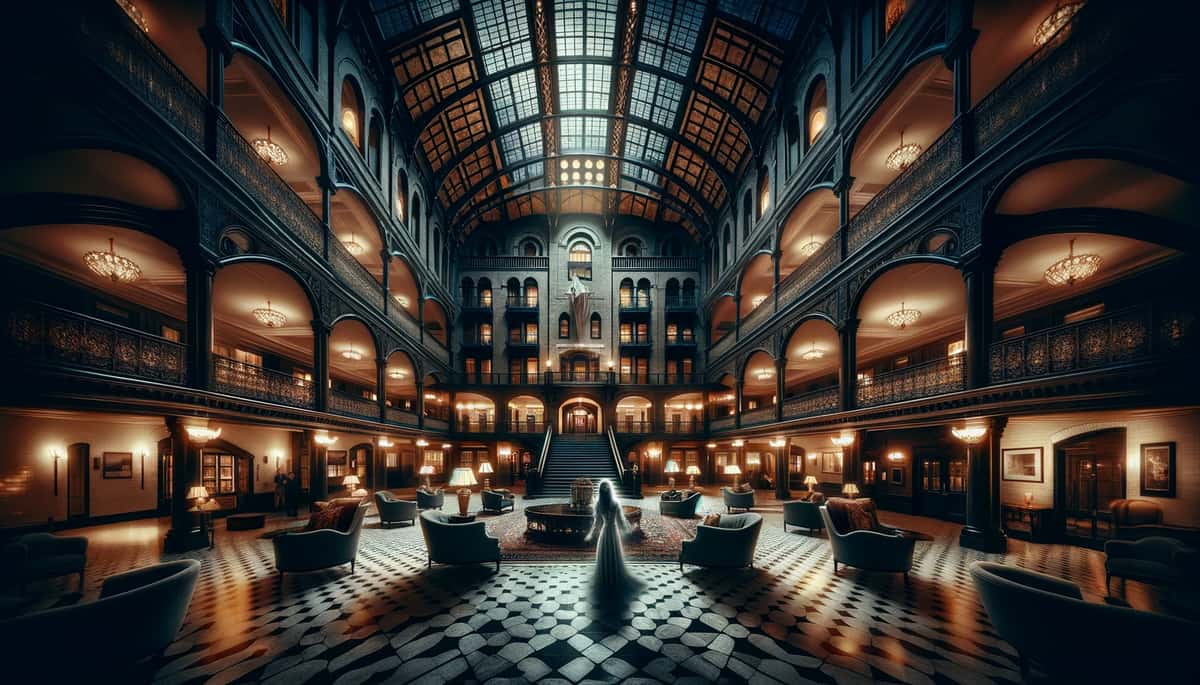
The kitchen is an extremely active area in the hotel. Employees claim to have witnessed pots and pans clanging together and phantom voices calling out orders for items that are not on the menu. Some have seen full-body apparitions of guards and prisoners alike, in the kitchen.
Perhaps the most disturbing of all reports are the sounds of heavy boots stomping on the catwalks and the echoes of cell doors slamming. Oftentimes accompanied by extreme temperature changes and the faint sound of sobbing and distant cries.
Guests have been so shaken by their paranormal experiences inside the Liberty Hotel they have felt compelled to include their encounters in reviews for the Hotel. In one review, a former hotel guest wrote, My wife was convinced someone was standing outside our window on the 7th floor!
It must have been an intense stay to feel so inclined to include a spectre speculation in their review.
Until recently, people were still reporting the strange phenomenons that roam the floors of the Liberty Hotel. The lonely spirits of the inmates are still incarcerated and imprisoned well into their afterlife. This is a building that holds too many memories. It merely is unable to let go of the stories of fear and torment that grew within the walls.
If you find yourself traveling to Boston, the Liberty Hotel shines a historical light in the trendy Beacon Hill neighborhood. It is a favorite amongst the locals and tourists alike. The Hotel's unique blend of modern luxury and historical architecture is truly an authentic Boston experience. Add a few ghosts of prison inmates, and your holiday vacation package is complete!
The Liberty Hill Hotel is located at 215 Charles Street in Boston, MA.
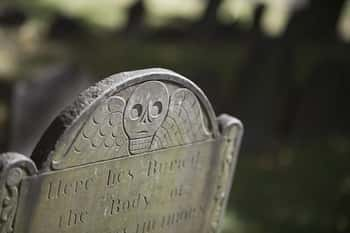
Learn more about Boston's most haunted Cemetery
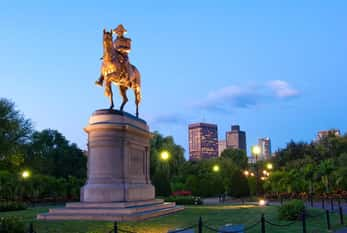
Boston Common is Boston's haunted hotspot
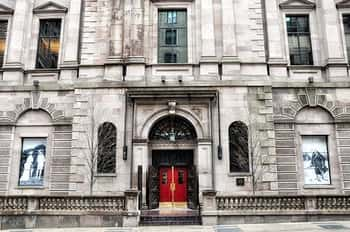
Boston's haunted Library, haunted by Literary Giants